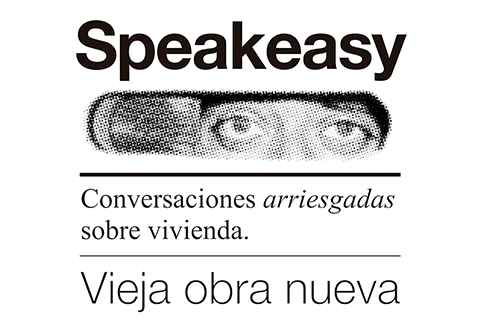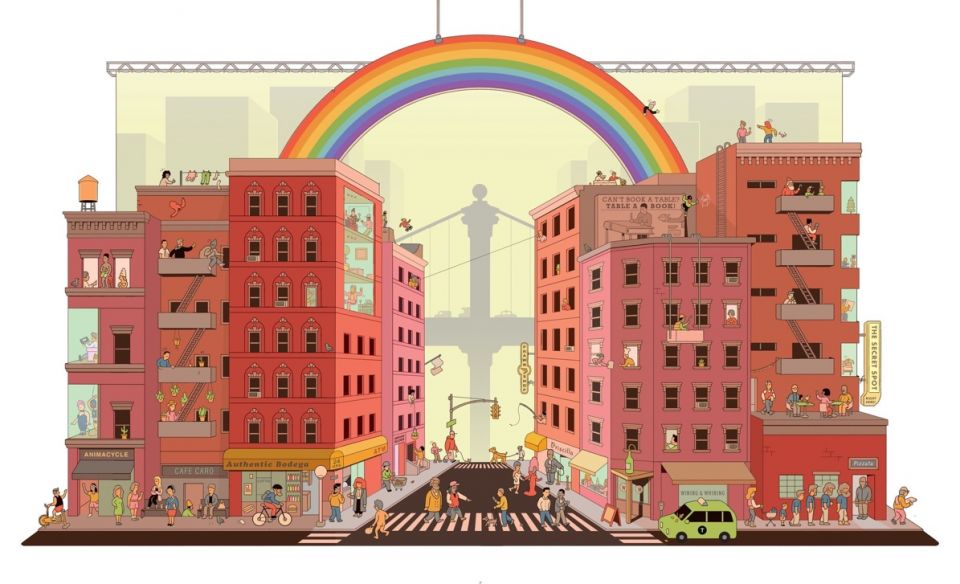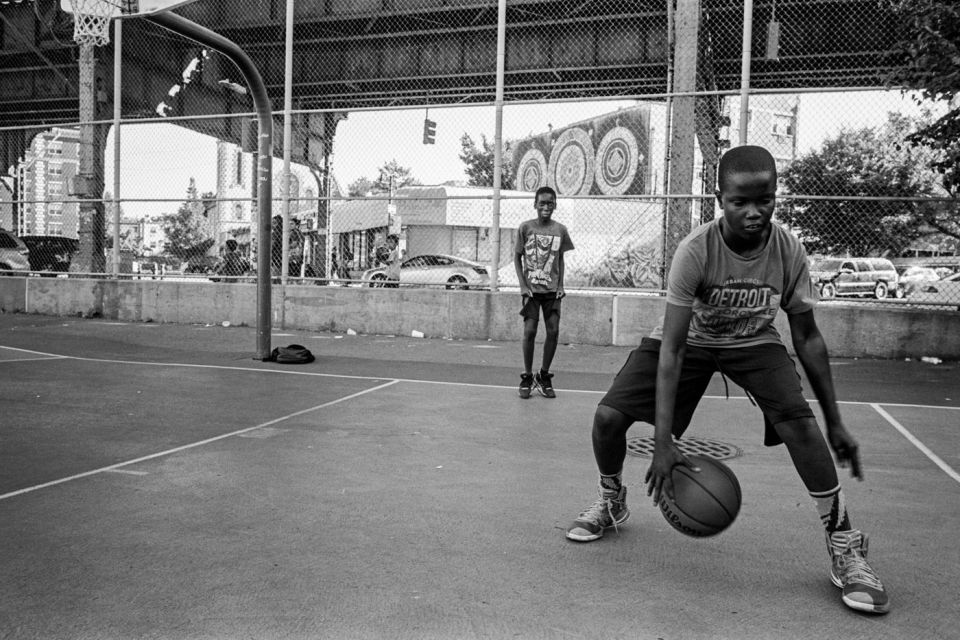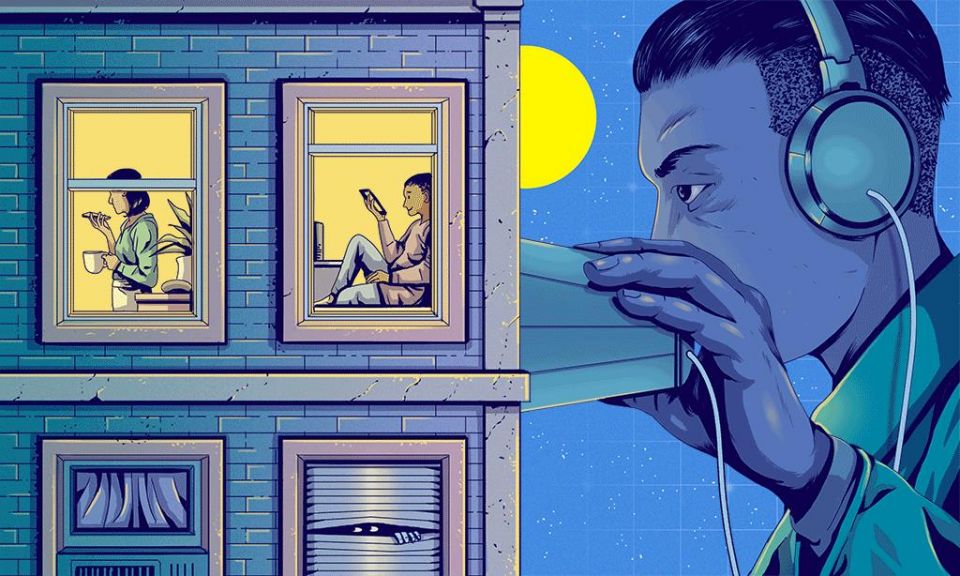The house of the future for today's consumer
On Instagram we only see ceramics, hydraulic floors and macramé. Does new construction fit the needs and habits of today's users?
In a recent interview with Josep Jorge, the director of Fomentia consultant in innovation in the real estate sector (AxisPrime, 5 December 2019), it states: "It is not a question of having more technology in housing, but of bringing housing closer to the user (...) Developers are putting more and more technology in housing, but users want to make more human use of this technology".

At the first Speakeasy organised by Monapart in April 2017, entitled. "Old New WorkIt became clear that usually, new residential developers have little or no knowledge of the users they build forMany of them are still anchored in a product approach and their decisions are based on strict profitability criteria. Many do not consider or do not have the habit or the tools to get to know their customers better and offer them a product accordingly. And to make matters worse, if they wanted to do so, they should understand that traditional segmentation by gender, age, purchasing power, cultural level and area is nowadays not enough. The new consumer is a hybrid and his or her decision making depends on the moment of consumption in which he or she is (thank you Borja Martín), which is much more sophisticated and requires other types of attitudinal intelligence tools. The marketing mix no longer has 4 pes but 5: people.
In this recent article Are We Listening? (Roca Gallery, 2 December 2019), Angus Bruce, director of Hassell, a landscape architecture practice, makes it clear how reflection on the design of housing and the city of the future should not be limited to architecture strictu sensu but should be carried out from a transversal and holistic viewpoint. that encompasses design, environment, art, mobility, etc. Why? Because the boundary between the private and the public is increasingly blurred and housing is no longer just what you cross the threshold but also the kiosk on the corner, the smell of freshly baked bread from the bakery downstairs, the noise of the bus passing by, the film season at the film library, the marathon of I don't know what, etc. My routine at home and what happens outside the home form an inseparable whole of my domestic experience. and if someone today is deciding whether to build large or small flats, to give more tourist licences or to limit them, to invest in a public transport network that connects each end of the city, to create green areas or to offer a dynamic and quality agenda of activities, etc. all of this will directly affect the design of a housing / city of the future that responds to the needs / happiness of those who live there. But, I repeat, you have to ask first.

And that is precisely what Angus Bruce asked the urbanites of the future, i.e. the children of today, and (in retrospect it is obvious) "playability" emerged as an important factor to take into account when thinking about urban spaces: "Gameplay brings life to our city spaces and encourages people to linger, explore and, most importantly, smile. The game brings joy, helps people feel connected, included and stimulated by the cities they live in". And I wonder... Can this playability be brought to us by technology? So we are back to square one.

I search for new developments on Google and I find numerous developers talking about "luxury finishes and cutting-edge technology", "smart homes", "intelligent buildings", "state-of-the-art homes"... technology is the new black. However, when I dive into Pinterest or Instagram, where the market is buzzing 24/7, all the domestic images point to retro and very conservative positions. Take the test yourself and you will see that on these platforms the house is full of palm trees in clay pots on white walls and herringbone parquet floors, Moroccan carpets, hydraulic floors, kilims, tapestries, and macramé, gentlemen! So why this gap between the house and the home? smart What is on offer and what do we like? Perhaps the gap lies in defining exactly what benefits this technology brings to the consumer of today and not to the consumer of a few years from now, and in this case, it would be more appropriate to talk about smart living and not so much of smart homes. Be that as it may, the gap is not only a problem of the real estate sector, because all sectors are affected by a demand that is always ahead in an environment where change is the constant..
The routine inside the home and what happens outside the home form an inseparable whole of our domestic experience.
Let's see... most of us have a personal assistant in our pocket yawning all day long (Hello Siri...) or gathering dust in our living room (Alexa, Cortana, Google Assistant...) and that, very occasionally, we wake up from lethargy to ask it to play us this or that song. With all the things we could ask it to play! And although sales of these smart speakers are one of the fastest growing sectors in the world of technology, with sales growing by 96% in the second quarter of this year (30.2 million units according to Strategy Analytics) and that Amazon's Alexa surpassed 100 million units sold worldwide last Christmas (The Economist, 7 January 2019), everything points to the fact that yes, in the not too distant future these voice-activated assistants are going to reshape our online shopping habits but, as of today, less than 20% use them to buy products but rather to listen to music or podcasts, find out the latest news, the weather or the state of the traffic. In other words...

And finally. If in the year 2060 the population in the European Union over 65 years of age will be around 40% of the total (2 out of 5 people!), in budgetary terms alone, spending on health care will increase from 6.9% to 8.3% of GDP and in many countries pension payments will exceed 50% of total public spending... The house of the future for today's consumer is basically a huge social and economic challenge.. We will see what role technology will play in it.


